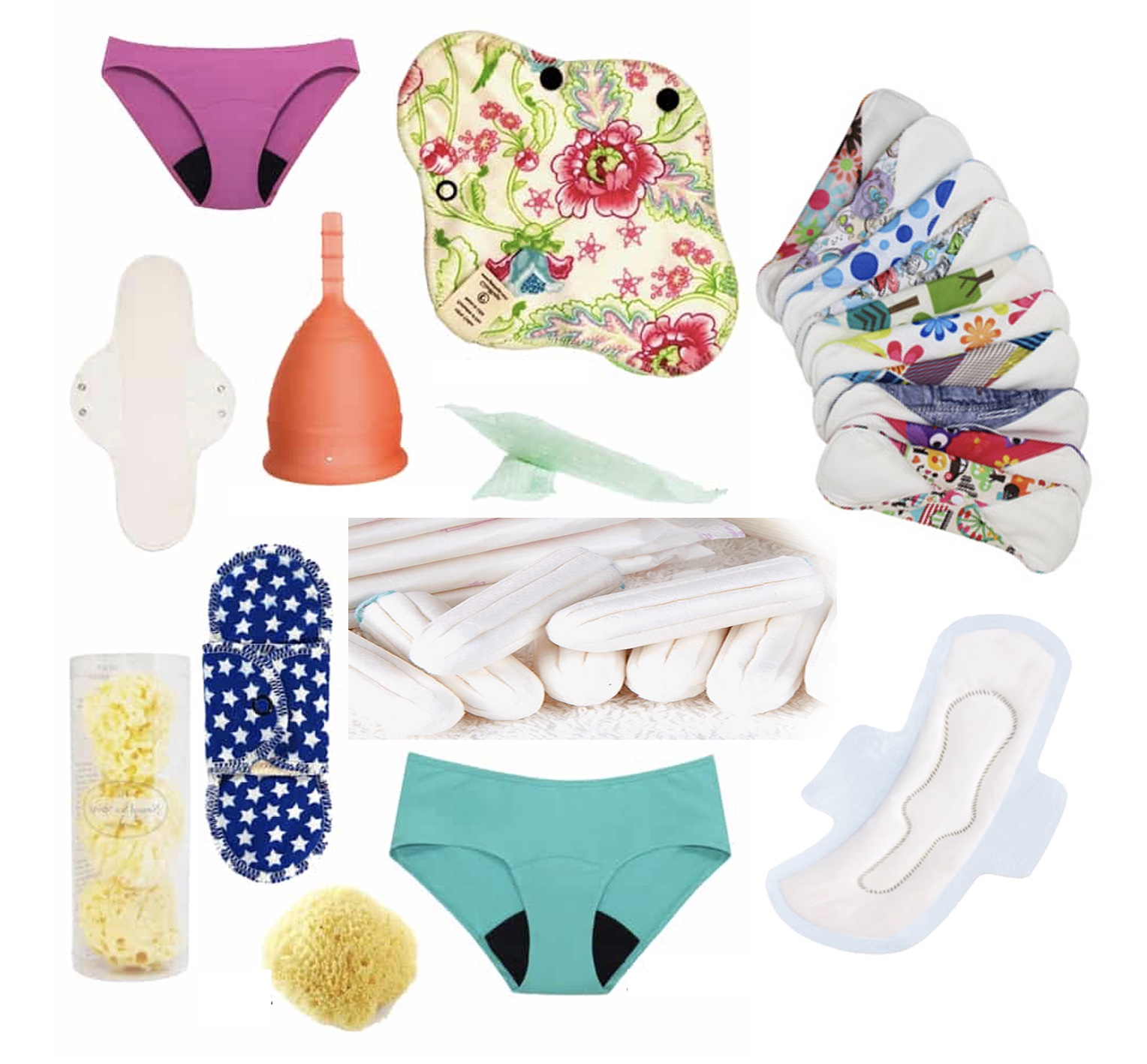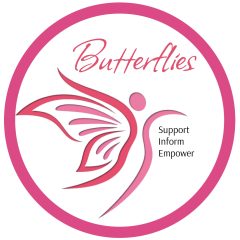The vagina is one of the most absorbent and sensitive parts of the female body, with arteries, blood vessels and lymphatic vessels being abundant in the vaginal wall. Despite this, popular sanitary products contain an array of ingredients, such as alcohols, fragrance additives, bleaching agents, pesticides, herbicides, and/or synthetic ingredients such as rayon and BPA. In addition to this, the type of sanitary products used is also a consideration.

So, when it comes to choosing sanitary products, HOW SAFE IS ‘SAFE’?
TOXIC SHOCK SYNDROME
Toxic Shock Syndrome (TSS) is a rare but life-threatening condition. Although many people think TSS is caused by leaving a tampon in the vagina for too long (over 4 hours is the common belief), this is not necessarily true.
According to NHS UK, TSS can be caused:
- from tampons (no time limit stated)
- from menstrual cups
- from a contraceptive diaphragm or cap
- after a vaginal birth or caesarean section
- from a cut, wound, boil, or burn that has become infected
- by medical devices inserted into the body
TSS is caused by bacteria called Streptococcus or Staphylococcus aureus. These same bacteria can be responsible for some cases of tonsillitis, and MRSA, (the difficult-to-treat hospital “Superbug”), is a strain of Staphylococcus aureus. The bacteria normally resides harmlessly on the skin or areas such as the nose or mouth; however, if the bacteria finds a warm and hospitable location deeper within the body and multiplies, it can begin to secrete the toxin TSST-1.
Most women are thought to be able to develop antibodies to fight TSST-1, if found present in the vagina, but unfortunately, in the cases of Toxic Shock Syndrome victims, these women did not develop the necessary antibodies on that particular occasion and therefore succumbed to the effects of this condition which can lead to uncontrolled inflammation, irreversible tissue damage, organ failure, and death. Because the vagina has abundant arteries, blood vessels, and lymphatic vessels, it provides direct access to the blood stream, creating a superhighway for the TSST-1 toxins to attack any tissue or organ within the body.
A study published in 2020 analysed used tampons from 737 healthy women, of which 27% were colonised by Staphylococcus aureus. The study also observed that the bacteria was more frequently detected in tampons that didn’t require an applicator for insertion (this emphasized the need for clean hands or sanitary conditions during insertion), and from women who used an intrauterine device (IDU) for contraception. 2
Patrick Schlievert, Ph.D., chair of microbiology at the University of Iowa’s Carver College of Medicine states that “…both tampons and menstrual cups create a breeding ground for Staphylococcus aureus because they introduce oxygen into the vaginal canal, and in the presence of oxygen, Staphylococcus aureus can multiply to high enough levels to produce the life-threatening toxin”. 1 This statement would also apply to menstrual sea sponges which have emerged on the market as a natural/organic tampon alternative.
TSS is a medical emergency, and symptoms should not be ignored. Symptoms start suddenly, get worse very rapidly, and can be fatal if not treated promptly.
TSS Symptoms:
- a high temperature / fever
- flu-like symptoms such as a headache, feeling cold, feeling tired or exhausted, an aching body, a sore throat, and a cough
- a raised skin rash resembling sunburn (particularly if on the hands and soles of feet)
- diarrhoea or vomiting
- the palms of hands, soles of feet, tongue and the whites of eyes turn bright red
- seizures
- confusion
- malaise rapidly progressing to stupor or coma and multiple organ failure
Ultimately, women should have access to the information necessary to make informed choices about how to safely manage their periods in a way that best suits them. The vagina is one of the most absorbent and sensitive parts of the female body, so when it comes to choosing from the range of currently available sanitary products…
… HOW SAFE IS ‘SAFE’?
References:
1 https://www.sciencedirect.com/science/article/pii/S2589537020300602
2 https://www.ncbi.nlm.nih.gov/pmc/articles/PMC7480393/
https://pubmed.ncbi.nlm.nih.gov/32461307/
https://www.nhs.uk/conditions/toxic-shock-syndrome/
